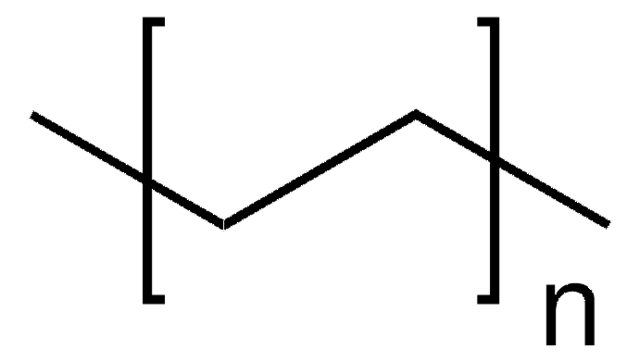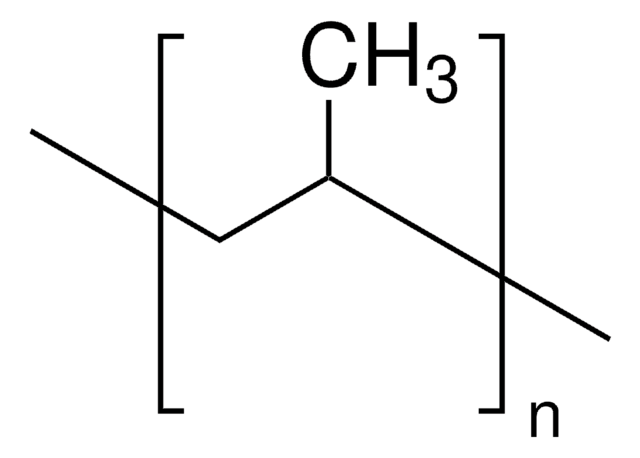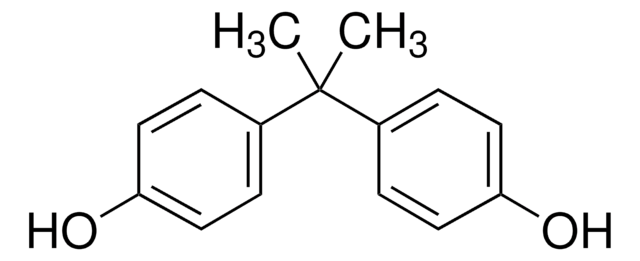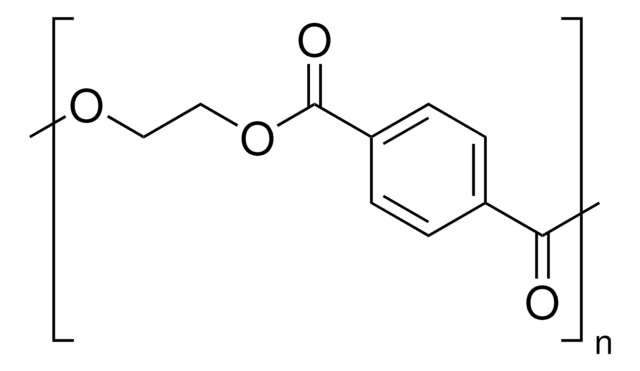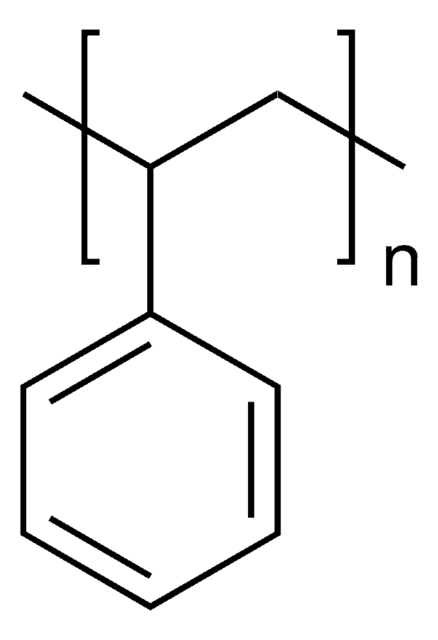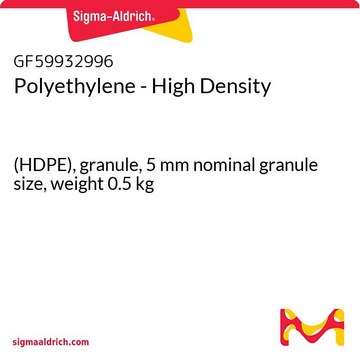AG60
Prostatic Acid Phosphatase
Synonym(s):
PAP
Sign Into View Organizational & Contract Pricing
Select a Size
1 KG
₩1,77,828
Select a Size
Change View
1 KG
₩1,77,828
About This Item
UNSPSC Code:
12352106
eCl@ss:
32160405
NACRES:
NA.26
Recommended Products
biological source
human
Quality Level
Assay
>95% (SDS-PAGE)
form
liquid
specific activity
864 U/mg
manufacturer/tradename
Chemicon®
concentration
3.28 mg/mL
NCBI accession no.
UniProt accession no.
shipped in
wet ice
General description
Product Source: Human seminal fluid. Tested negative for HIV I/II, HIV-1 antigen, and HCV antibodies and Hepatitis B surface antigen.
Purified HUMAN PROSTATIC ACID PHOSPHATASE (PAP) Protien isolated from human seminal Fluid.
NOTE:
This product exhibits phosphatase activity in acid conditions in the presence of chromogenic phosphate substrates.
NOTE:
This product exhibits phosphatase activity in acid conditions in the presence of chromogenic phosphate substrates.
Physical form
Purified protein. Lyophilized from 0.2um filtered solution with 0.02mM Ammonium Bicarbonate.
Storage and Stability
Maintain at -20°C in undiluted aliquots for up to 6 months. Avoid repeated freeze/thaw cycles.
Legal Information
CHEMICON is a registered trademark of Merck KGaA, Darmstadt, Germany
Disclaimer
Unless otherwise stated in our catalog or other company documentation accompanying the product(s), our products are intended for research use only and are not to be used for any other purpose, which includes but is not limited to, unauthorized commercial uses, in vitro diagnostic uses, ex vivo or in vivo therapeutic uses or any type of consumption or application to humans or animals.
Storage Class Code
11 - Combustible Solids
WGK
WGK 1
Flash Point(F)
Not applicable
Flash Point(C)
Not applicable
Certificates of Analysis (COA)
Search for Certificates of Analysis (COA) by entering the products Lot/Batch Number. Lot and Batch Numbers can be found on a product’s label following the words ‘Lot’ or ‘Batch’.
Already Own This Product?
Find documentation for the products that you have recently purchased in the Document Library.
Customers Also Viewed
The mechanism of formation of p, ??dimethylstyrene in the essential oil of distilled lime (Citrus aurantifolia).
Loori JJ & Cove AR
Journal of Food Science, 29(5), 576-582 (1964)
The effect of sowing date and growth stage on the essential oil composition of three types of parsley (Petroselinum crispum).
Petropoulos SA, et al.
Journal of the Science of Food and Agriculture, 84(12), 1606-1610 (2004)
Comparison of volatile profiles of nine litchi (Litchi chinensis Sonn.) cultivars from Southern China.
Wu Y, et al.
Journal of Agricultural and Food Chemistry, 57(20), 9676-9681 (2009)
Jiatong Wang et al.
Molecules (Basel, Switzerland), 25(18) (2020-09-18)
Citrus blend black teas are popular worldwide, due to its unique flavor and remarkable health benefits. However, the aroma characteristics, aroma profiles and key odorants of it remain to be distinguished and cognized. In this study, the aroma profiles of
Our team of scientists has experience in all areas of research including Life Science, Material Science, Chemical Synthesis, Chromatography, Analytical and many others.
Contact Technical Service